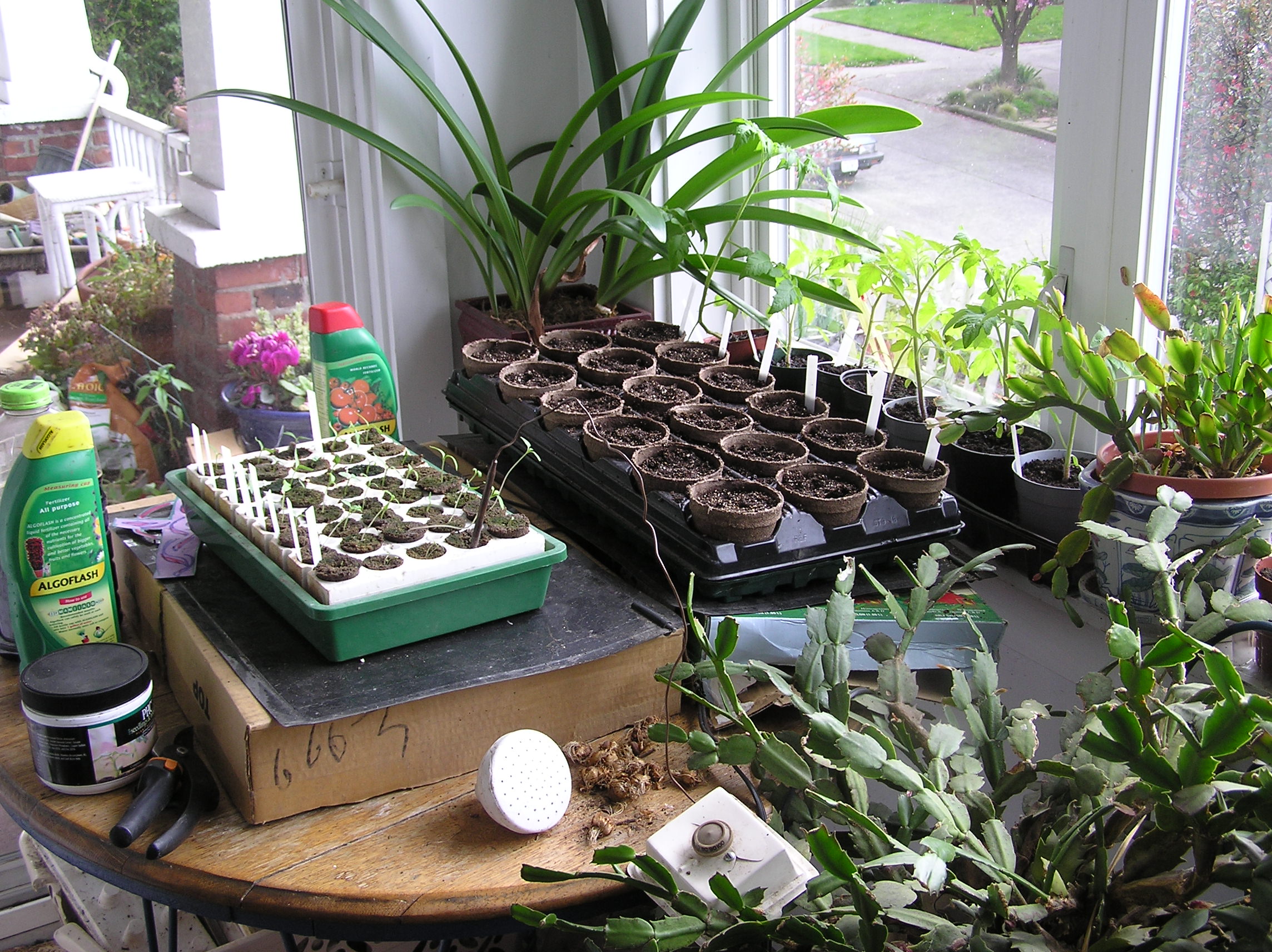Garden season is underway here in the Pacific NW. I have already planted lettuce, spinach, Chinese greens, mesculin mix, cabbages, cauliflowers and peas inside on the front porch. This morning I emailed our burgeoning garden community of those keen to get their hands in the dirt. (If you would like to join us once a month for fellowship and a shared time of gardening please let me know.)
All of this has meant I am doing a lot of reflecting on creating a faith based community garden. There are some excellent websites and articles out there to help with this and I have blogged about them in previous years
More Resources for Creating a Faith Based Community Garden
Tips for Creating a Faith Based Community Garden – part 1
Tips For Creating a Faith Based Community Garden – part 2
This year my thoughts have revolved around the concept of community garden, especially in faith based gardens. So few encourage community. Sometimes the plots are even surrounded by fences that say in no uncertain terms – this is mine. Often the work for tending the plots falls to one or two people who often religiously tend everyone else’s space. Sometimes the produce goes bad because people are too busy to harvest it.
For me there are three must do requirements for a faith based community garden:
- Create community. One church I heard of invited the congregation out into the garden once a month after the morning service to help weed and tend the crops. That truly is a community garden. For us at the Mustard Seed House inviting others to our monthly garden days has increased the feel of community and extended it to a broader community as well. Sometimes we can also create a deeper sense of community with our neighbours just by being out in the front yard, and when a church plants a garden in its front yard and the neighbours walk past it makes a statement about the congregation’s concern for their community too.
- Create a sacred space. Every garden should have a sacred space. At the least this should be a place that invites us to sit and enjoy the beauty of God’s creation. It should stir all the senses of sight, sound, taste, feel and smell. I will reflect on this more later in the week
- Provide opportunities to share. The garden has taught me much about the economic views of our God who provides abundantly far more than we can ever use on our own. This abundance is meant to be shared – with the marginalized in gifts to food banks and community kitchens as well as with our friends and neighbours in harvest celebrations. So make sure that you plan at least one garden party this year where the garden produce has pride of place in the food on the table.


3 comments
I pray you will have a good season (in all sorts of ways). In Southern Australia it has been one of the worst vegie seasons on record. No rain of any consequence for 7 weeks. 🙁
Thanks Pieter. The weather in Australia really is crazy. I was talking to my brother in Brisbane a couple of days ago and they were expecting floods. Also did you know we will be in Adelaide in June to teach an intensive at Tabor & also in Melbourne at Murrumbeena .Baptist Church
This is an article that I am going to pass on to my FB, Twitter, and G+ accounts. I think I will encourage this as a ministry for Summer for my church. Thanks!
~ Zach
http://www.zachmalott.com